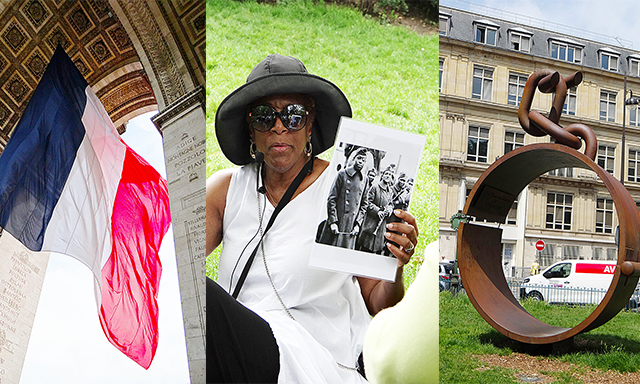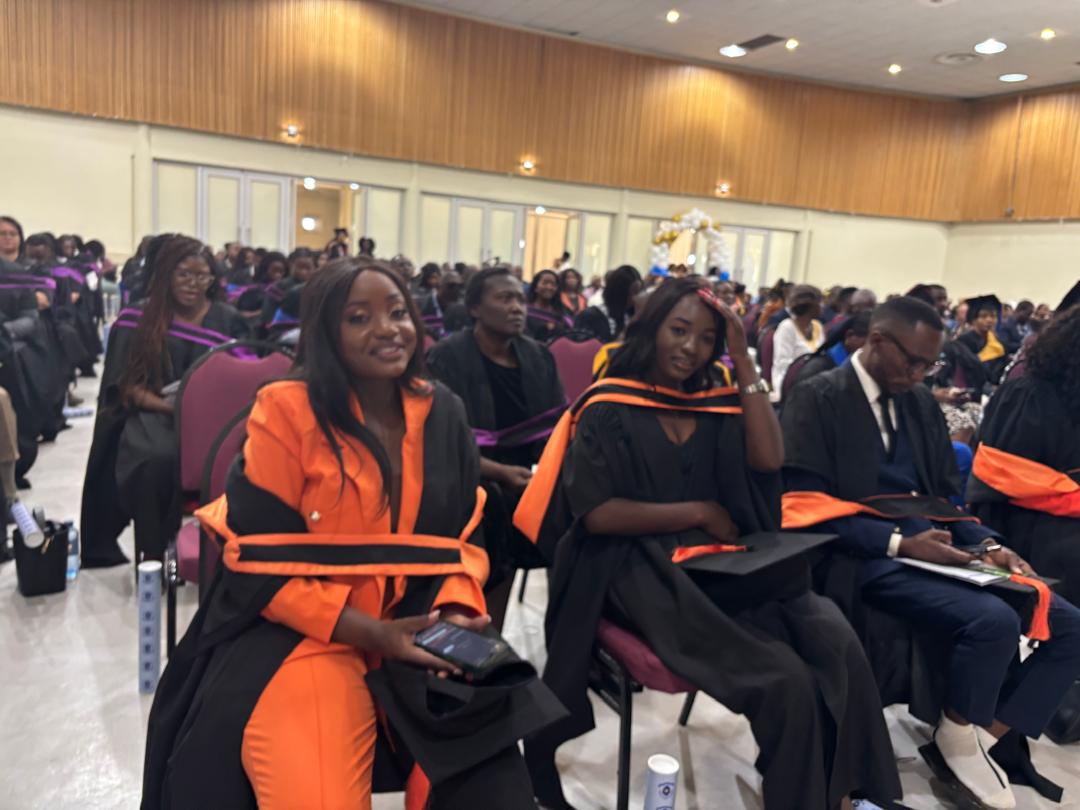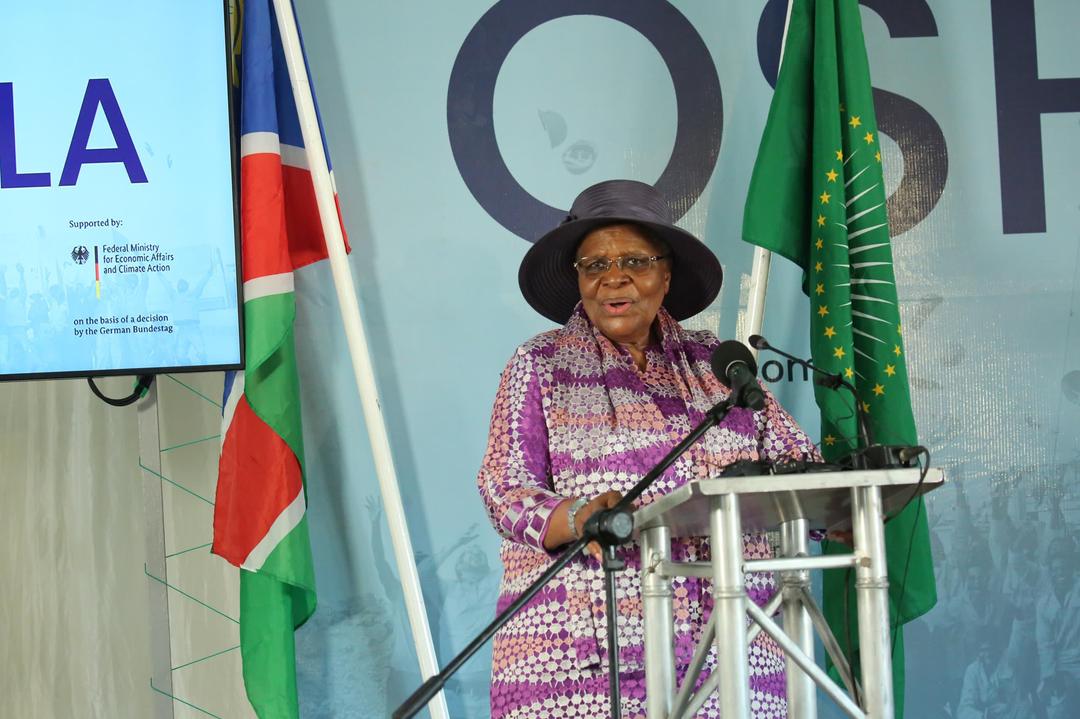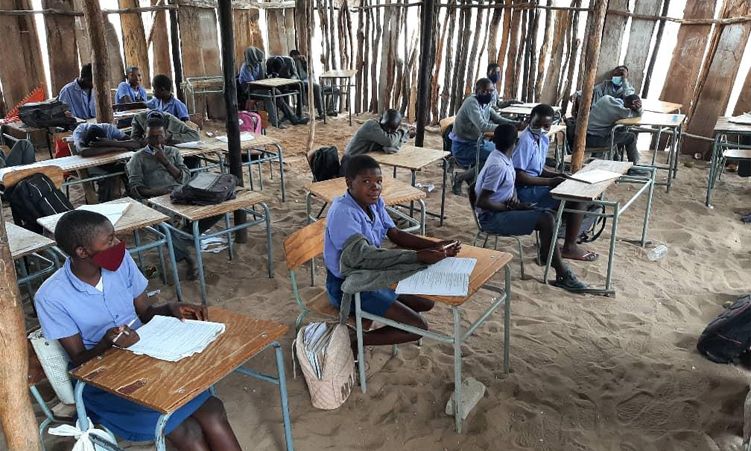Nobody comes to Paris to look for Adinkra symbols. They don’t pause in front of the city’s ornate wrought iron gates and talk about the Ashanti influence in the bend of the metal unless they’ve dug deep below the harrowing immigrant stories and thriving black travel narratives to find Ricki Stevenson.
Breezing into Café Lateral on a Friday morning, the founder of Black Paris Tours is larger than life and full of more black history than anybody knows what to do with. For those who’ve read their pre-tour pack, there is the reward of an Eiffel tower key ring. It’s the kind of thing you’ll find diverse African immigrants selling around the Louvre and on the same streets once traversed by Alexandre Dumas, James Baldwin, and Josephine Baker.
Of all the African-Americans who were long time visitors, performed or lived in Paris for an extended period, Stevenson says “they brought their intellect, ability, skill and their joy”.
Even more gave their lives.
The Harlem Hellfighters who like the Senegalese Tirailleurs served France in World War I and struck fear in the hearts of German soldiers despite the US Army deeming them worthless, barring them from the marines and only accepting a small number to the navy.
2018 is a big year for their commemoration.
It marks the 100th anniversary of 250 000 African Americans alighting in France to help win the war bringing the wonder of jazz right along with them.
Stevenson, perhaps still smarting from a handful of online reviews, begins the itinerary over café, croissants and with a disclaimer.
This is no ordinary tour.
There will be no tourist traps, no mindless sight-seeing, no incessant stopping for shopping.
Instead, those who are curious will hear a story. A historical tale of the black presence in Paris that is a far cry from the anti-immigrant sentiment settling into the same neighbourhoods that previously revered African-American talents and intellectuals fleeing the violence, racism and segregation of Jim Crow.
The story of Baker is particularly close to Stevenson’s heart.
Her mother took her to see “the first African American superstar” when she was three and decades later, Stevenson continues to tell the story of the American-born, French entertainer, civil rights activist and French resistance agent outside L’Église de la Madeleine where thousands gathered for Baker’s funeral in 1975.
It’s a singular afternoon.
One in which a small group of mostly black American travellers and one Southern African hang onto Stevenson’s every word.
About mixed race Dumas, the author of ‘The Count of Monte Cristo’, ‘The Man in the Iron Mask’ and ‘The Three Musketeers’ born of a French nobleman and a slave of Afro-Caribbean descent and the talented Miss Baker whose often comically cross-eyed, half naked, banana skirt clad rise to fame may today be appraised as both colonial fantasy and sexual objectification if not subversive, lucrative and cunning exploitation of 1920’s negrophilia.
This is no ordinary tour.
Rather, it is a history lesson.
A story told in parks, cafes, below the Arc de Triomphe, on a public bus and in ‘Little Africa’ where a wealth of black people collide.
The Americans paying top dollar to tour guides in the hope of catching a glimpse of themselves halfway across the world and the Africans bound to France through the grip of colonialism, its aftermath and the sea.
Stay informed with The Namibian – your source for credible journalism. Get in-depth reporting and opinions for
only N$85 a month. Invest in journalism, invest in democracy –
Subscribe Now!










